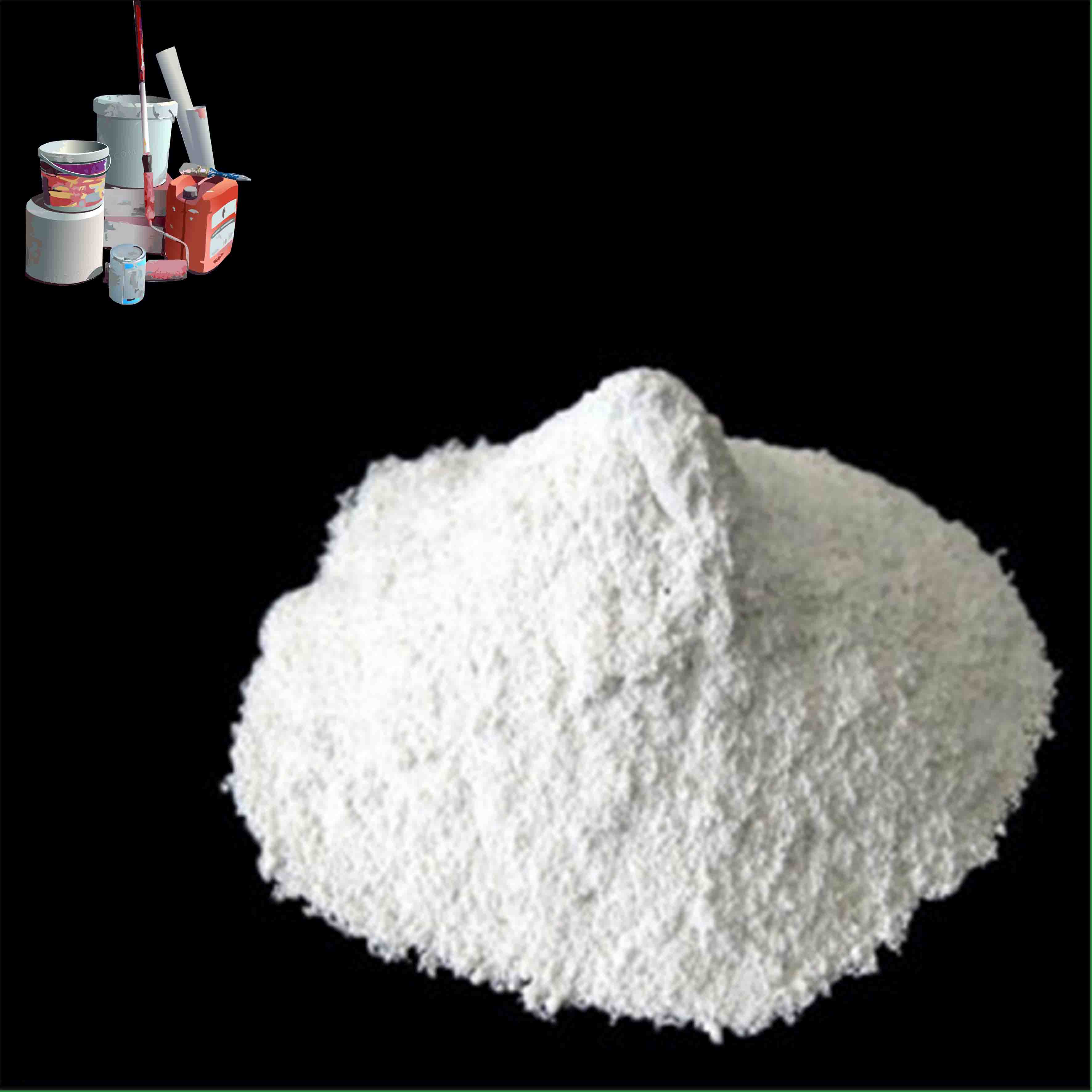
9 月 . 18, 2024 21:48 Back to list
use of barium sulphate in medicine
The Use of Barium Sulphate in Medicine
Barium sulphate is an important contrast agent utilized in various medical imaging techniques, particularly in radiology. Its prominent application lies in the enhancement of X-ray imaging for the gastrointestinal tract. Due to its high atomic number, barium sulphate effectively absorbs X-ray radiation, making it highly visible against surrounding tissues. This property is crucial for obtaining clear and detailed images of the digestive system, aiding in the diagnosis of numerous gastrointestinal disorders.
The most common procedure involving barium sulphate is the barium swallow or barium meal test. In this procedure, patients ingest a suspension of barium sulphate before undergoing X-rays. This suspension coats the lining of the esophagus, stomach, and small intestine, creating a stark contrast against the soft tissues that do not absorb X-rays. Radiologists can thus observe abnormalities such as ulcers, tumors, strictures, and motility disorders with greater accuracy.
In addition to the barium swallow, barium sulphate is also used in barium enemas. This technique involves the introduction of barium sulphate into the rectum to visualize the large intestine and rectum during X-ray examinations. The procedure helps in detecting conditions such as colorectal cancer, inflammatory bowel disease, and diverticulosis. Like the barium swallow, barium enemas rely on the ability of barium to outline the contours of internal structures, facilitating thorough analysis.
use of barium sulphate in medicine

One of the significant advantages of using barium sulphate is its relative safety. When used as directed, it is generally non-toxic and does not react with body tissues. However, there are considerations to keep in mind, including potential allergic reactions in some patients and the risk of constipation following the procedure. It is important for healthcare providers to evaluate each patient’s medical history and current health conditions to minimize any risks associated with its use.
Moreover, advances in imaging technology, including the integration of barium sulphate with computed tomography (CT) scans, have further enhanced diagnostic capabilities. The combination of barium with CT imaging allows for more detailed cross-sectional views of the gastrointestinal tract, providing superior diagnostic information compared to traditional X-ray methods alone.
Despite the emergence of alternative imaging modalities such as MRI and ultrasound, barium sulphate remains a relevant and valuable tool in medical diagnostics
. Its ability to provide clear visualization of the gastrointestinal tract continues to play a vital role in the detection and management of various medical conditions.In summary, the use of barium sulphate in medicine is indispensable for gastrointestinal imaging. Its unique properties enable healthcare professionals to diagnose a wide range of disorders effectively, thereby significantly contributing to patient care and treatment outcomes. As technology evolves, the application of barium sulphate will likely adapt and remain a cornerstone in the toolkit of medical imaging.
-
Lithopone for Plastic & TiO2 R-5568/SK-6658 Masterbatch Solutions
NewsMay.30,2025
-
China Leading Rutile TiO2 Manufacturer - R5566 & R996 Grades Available
NewsMay.30,2025
-
High-Purity Anatase & Rutile TiO2 Powder Trusted Manufacturer
NewsMay.30,2025
-
High-Purity Anatase Products Trusted Supplier & Manufacturer
NewsMay.29,2025
-
Best Price Eco-Friendly Rutile TiO2 Supplier & Wholesale Factory
NewsMay.29,2025
-
Chinese Anatase Titanium Dioxide for Ceramic Glaze Reliable Supplier
NewsMay.29,2025
